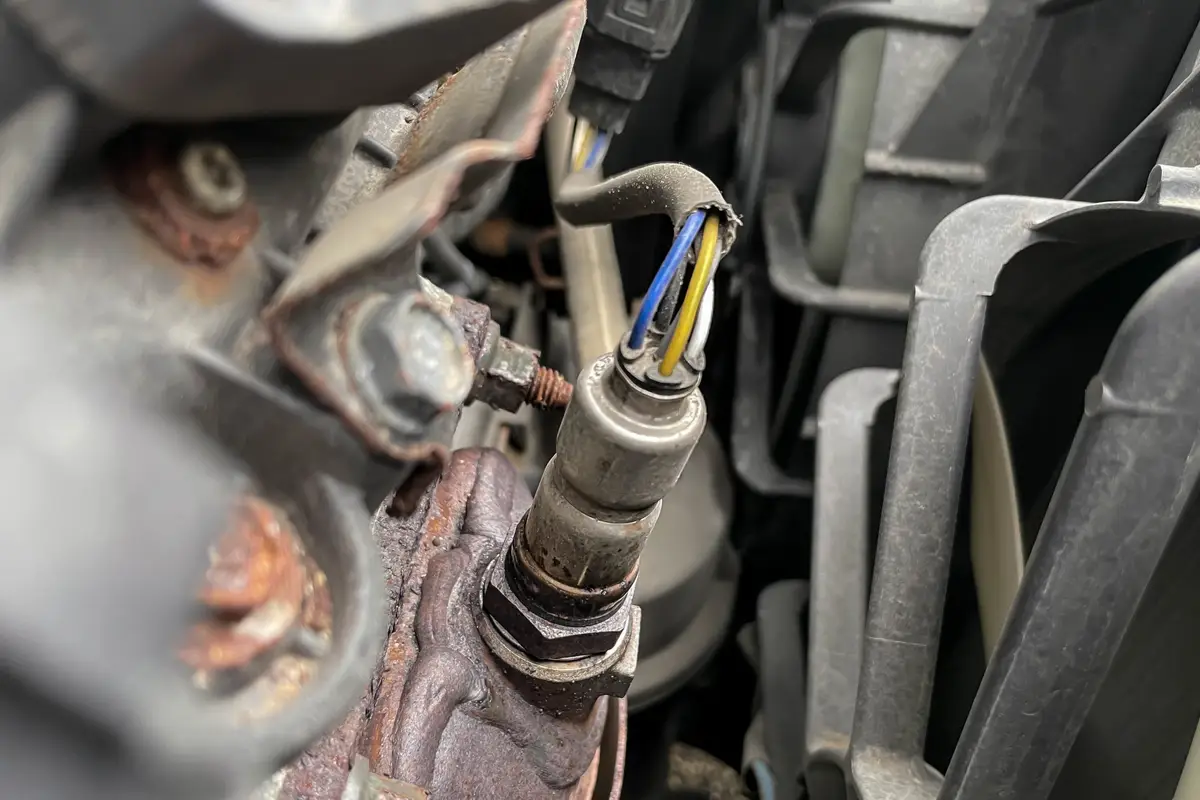Your vehicle’s oxygen sensor plays a vital role in maintaining optimal engine performance and fuel efficiency. When it malfunctions, it can lead to a range of issues, including decreased engine power, poor fuel economy, and increased emissions. Therefore, it’s crucial to address a faulty oxygen sensor promptly to prevent further problems and minimize repair costs.

Image: www.youtube.com
The cost of replacing an oxygen sensor can vary depending on several factors, such as the make and model of your vehicle, the type of sensor required, and the labor rates in your area. On average, the cost to fix an oxygen sensor ranges from $200 to $600, including parts and labor.
Types of Oxygen Sensors
There are two main types of oxygen sensors: heated and non-heated. Heated oxygen sensors are more common and utilize a heating element to reach operating temperature quickly, enabling them to provide accurate readings sooner after engine startup.
Non-heated oxygen sensors rely on exhaust heat to reach operating temperature, which may take longer. As a result, they are less expensive but may not offer the same level of precision as heated oxygen sensors.
Cost of Oxygen Sensors
The cost of the oxygen sensor itself varies depending on the type of sensor, the manufacturer, and the retailer. Heated oxygen sensors generally cost more than non-heated sensors. Additionally, sensors for high-performance vehicles or specific engine configurations may command a higher price.
For a basic, non-heated oxygen sensor, you can expect to pay around $50 to $100. Heated oxygen sensors typically cost between $100 and $250.
Labor Costs for Oxygen Sensor Replacement
Labor costs for oxygen sensor replacement will depend on the difficulty of accessing the sensor, the time it takes to complete the replacement, and the hourly labor rate of the mechanic. Labor costs can range from $100 to $350.
In some cases, the oxygen sensor may be located in a difficult-to-reach area, requiring the removal of other components to access it. This can significantly increase labor costs.

Image: www.ingevaluar.com
Additional Costs
In addition to the cost of the oxygen sensor and labor, there may be additional expenses to consider:
- Diagnostic fee: Some mechanics may charge a diagnostic fee to identify the faulty oxygen sensor before performing the replacement.
- Oxygen sensor socket: A specialized oxygen sensor socket may be required to remove and install the sensor, which can cost around $20 to $50.
- Anti-seize compound: Applying anti-seize compound to the threads of the new oxygen sensor can prevent seizing in the future, adding a few dollars to the total cost.
Factors Influencing Cost
Several factors can affect the overall cost of fixing an oxygen sensor:
- Vehicle make and model: Some vehicles require more complex procedures to access the oxygen sensor.
- Type of oxygen sensor: Heated oxygen sensors typically cost more than non-heated sensors.
- Location of oxygen sensor: Sensors located in difficult-to-reach areas may increase labor costs.
- Labor rates in your area: Mechanic hourly rates can vary significantly from region to region.
How Much To Fix Oxygen Sensor
Conclusion
Fixing a faulty oxygen sensor can range from $200 to $600, depending on various factors, including the type of sensor required, the location of the sensor, and labor costs. Addressing a faulty oxygen sensor promptly is essential to ensure optimal engine performance, fuel efficiency, and emissions compliance. By understanding the factors that influence the cost of repair, you can make an informed decision and budget accordingly.
If you suspect an issue with your vehicle’s oxygen sensor, it’s recommended to have it inspected by a qualified mechanic to determine the exact cause and provide an accurate estimate for the necessary repairs.